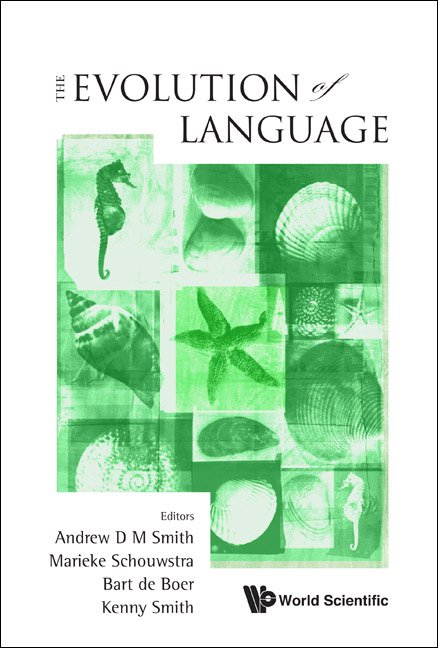THE IMPORTANCE OF EXPLORING NON-LINGUISTIC FUNCTIONS OF HUMAN BRAIN LANGUAGE AREAS FOR EXPLAINING LANGUAGE EVOLUTION
The evolution of language is a special case of the evolution of behavior. Evolutionary biologists have long recognized that behavioral change drives biological change, rather than the other way around (Mayr 1978). This has recently been highlighted specifically with respect to language evolution (e.g., Christiansen and Chater 2008).
In the context of human evolution, this means that cultural evolution will, to a large extent, drive biological evolution. The transition from quadrupedalism to bipedalism, for example, was driven by behavioral changes (Hunt 1994). We didn't evolve bipedal anatomy first, only to stumble upon its usefulness later. The spread of agriculture lead to selection for sickle-cell alleles (Livingstone 1958). The domestication of dairying animals lead to selection for continued lactase production (Durham 1991).
Applying this logic to language evolution, for every generation in which greater facility at communication was adaptive, individuals would have used pre-existing cognitive abilities to communicate as best they could. Genetic changes would have therefore been strongly biased towards those that modified pre-existing abilities, rather than entirely new neural circuits devoted exclusively to language. This also means that we should expect homologs of human language circuits in non-human primate brains (Schoenemann 1999).
Homologs of Broca's and Wernicke's areas have in fact been located in primates (Striedter 2005), and finding out what they use them for is critical to understanding the coevolutionary process that lead to language in humans. One fruitful approach is to identify non-language abilities that are also processed in human language areas. Broca's area in humans has been implicated in non-linguistic sequential processing (Christiansen and Ellefson 2002; Petersson et al. 2004), hand/tool manipulation (e.g., Binkofski et al. 2000; Higuchi et al. 2009), and non-verbal auditory processing (e.g., Muller et al. 2001). Because these are non-linguistic, their functional localization can also be explored in non-human primates. If they also activate Broca's area homologs, this would support the view that language adapted to pre-existing cognitive architectures, rather than requiring the creation of completely new, language-specific brain areas.
Note from Publisher: This article contains the abstract and references.



